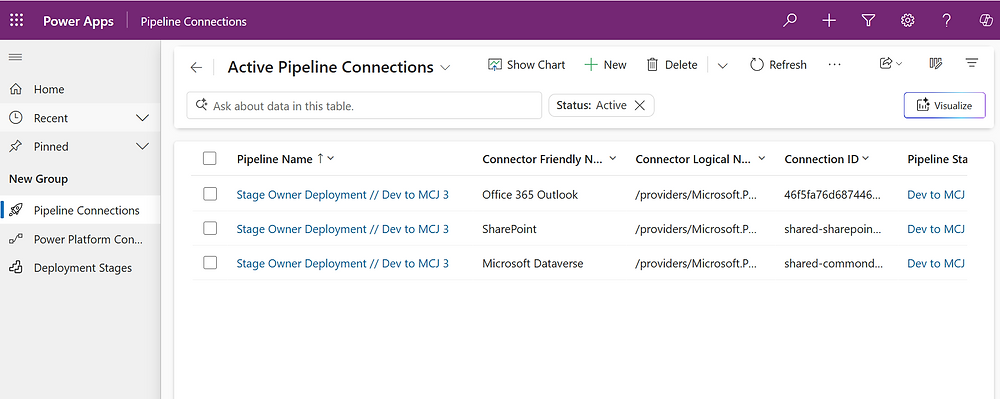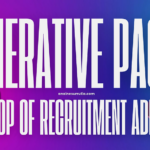Now Reading: CRM – Fear of No Adoption drives No Decision
-
01
CRM – Fear of No Adoption drives No Decision
CRM – Fear of No Adoption drives No Decision

So having originally been a Salesforce.com Consultant, and for the last 5 years, a Microsoft Dynamics CRM ISV and Partner, I can tell you… it’s not the platform. The two biggest challenges for CRM of any stripe, are “No Decision” and “User Adoption”, and these are actually related.
NDY or “No Decision Yet” is the competitor that most CRM deals are lost to, (I wish I had some of their stock). The reason so many deals are lost to NDY is that the “deciders” can’t get past their fear of User Adoption, or worse, their direct past experiences with failure to adopt. CRM can be the best decision a company ever makes, or the biggest waste of their time and money; there is seldom a middle ground. I have no doubt that careers have ended over lack of CRM Adoption, “Who made this stupid decision anyway? Let’s roll their head”. Therefor, the easiest decision when the outcome is not guaranteed, is NDY. I saw a recent Microsoft statistic that 70% of SMB customers that came through Microsoft’s CRM Marketing engines, and were contacted later, said they had not made a decision on CRM yet. Forget about Microsoft vs. Salesforce.com, NDY is kicking everybody’s ass.
If we can agree that the biggest reason that NDY keeps winning, is the deciders’ fears of No Adoption, then we must focus on that issue. If you don’t agree, let me know in the comments what you think the Biggest reason is. Regardless, we can all agree that CRM adoption is, and has been, a major challenge to overcome. So let’s start with the most common causes of LOA (Lack of Adoption; Microsoft isn’t the only one who can make up acronyms).
- Lack of Executive Sponsorship. Often cited as the primary reason, but for the wrong reasons. There is this prevalent idea that if the boss is not ramrodding crm, and forcing use under threat of termination, it will fail. I call this UOR (Use, or Else). What this type of “Executive Sponsorship” generates is the minimum possible use required to avoid getting fired. While there is some value in everybody doing the least they can, ultimately it is the Executive Sponsor who then determines that CRM failed, because he succeeded in forcing its use, and yet the company did not get any value as a result. The successful Executive Sponsor’s role is to provide support, investment and patience; couple that with another person who has the time, authority and passion to do the legwork, and you have the right team in place.
- Unmotivated Users. One of the fears that many customers have is that their team simply will not use CRM. We have often countered this with a bit of logic “If a salesperson makes more money using CRM, than not using CRM, they will use it”. While this logic is unassailable, delivering on it is not assured. Every single customer seems to feel that their users are unique from every other company and therefore will not use CRM. I call this NLU (Nobody Like Us). News Flash!! Your users are not unique, at least not usually, (we did run into a non-profit once that was staffed entirely by retirees). Our logical retort is more than just sound salesmanship, it actually has to be the result, or nothing else matters. BTW, while I believe it can add value, do not expect Gamification to overcome a poorly conceived and deployed CRM.
- Change Management. Customer: “That’s not how we have been doing it”, Partner: “If how you have been doing was working, you would not be talking to me”. I call this NIH (Not Invented Here). The gravitational pull of the status quo is ridiculously strong. Too many customers hope that CRM will be some kind of magic bullet that they can somehow lay over the top their current processes, requiring no change to routine, but miraculously tripling sales. I call these FFIs (Future Failed Implementations, I’m starting to see why Microsoft loves acronyms). Change = Pain. You had better be sure the pain is worth it. I have often found that this fear is highest among the Executive Sponsor, and is higher in migration projects rather than new implementations. If you can only envision the worst case scenario, like transitioning from a working platform to one that does not work and your entire business failing immediately… this is an FFI. Most of your migration projects will start on the premise that the customer is making the move for the wrong reason, usually just to save money, and their requirements will be that it look, act and work exactly like their previous system. This is not only a promise you cannot keep, guaranteed to lead to a FFI, but it is short-changing all of the unique features of the new platform. I was never happier than the day where we became successful enough to tell certain prospects, “No Thanks, we are not interested in engaging in your FFI”.
- CRM does not work. This is almost always a result of what I call a BIC (Boob in Charge). This could be a customer who decided to deploy themselves, or a partner they engaged who did not know what they were doing. We have all been spoiled by SaaS. I can create a complex workout program on my phone, I can update my LinkedIn profile all by myself, I can send money around the world without calling my bank. Surely I can successfully deploy CRM for my company over a weekend. I call this EIE, (Everything is Easy). Our RapidStart CRM seeks to make this a reality (shameless plug, hey, It’s my blog, shut up about it). The fact is, as delivered, CRM is not a DIY project. With the rate of change today, it is challenging for even seasoned CRM professionals to keep up; Joe User does not stand a chance. CRM can do many things extremely well, if it is not, you likely have a BIC.
- Too much, Too fast. Often times FFIs result from a desire for ERN (Everything Right Now). I used to tell customers to expect CRM adoption to be “A short walk through Fire”. Sugarcoat this at your future peril. While emphasizing the Fire, I also emphasize the Short. Nobody wants to embark on a long walk through fire, yet way too many deployments are setup to create just that scenario. They end up with adoption problems because all of their users burned up on the path. Gone are the days when you had to solve every problem out of the gate with CRM to justify the enormous cost of an on-premise deployment. Hey, it’s SaaS, it’s cheap, take your time. Get something deployed quickly, that is easy to use, so you can achieve that critical adoption, then build on that over time. Shameless plug warning: this is the premise of our RapidStart CRM solution End Shameless Plug.
So let’s summarize. In order to get past NDY, the customer needs to believe that they can overcome LOA. This will not happen with a UOR strategy, nor if they believe there is NLU, and they will need to leave the NIH attitude behind. We will want to avoid a FFI, by making sure that we do not have a BIC who thinks EIE and the goal cannot be ERN. Maybe you should take a look at that RapidStart CRM! Ha, gotcha, snuck in another plug at the end.
[info type=”info”]Non-Confidential Information Notice. This post was written by Steve Mordue who is a member of multiple Partner Advisory Councils and is therefore subject to an Enhanced Microsoft Non-Disclosure Agreement regarding information conveyed to PAC Members. All opinions expressed are solely those of Steve Mordue, and no information provided herein is subject to the NDA. Basically, Steve knows a lot more than he let’s on; He’d tell ya, but then he’d have to kill ya.[/info]
The post CRM – Fear of No Adoption drives No Decision first appeared on Steve Mordue MVP.















